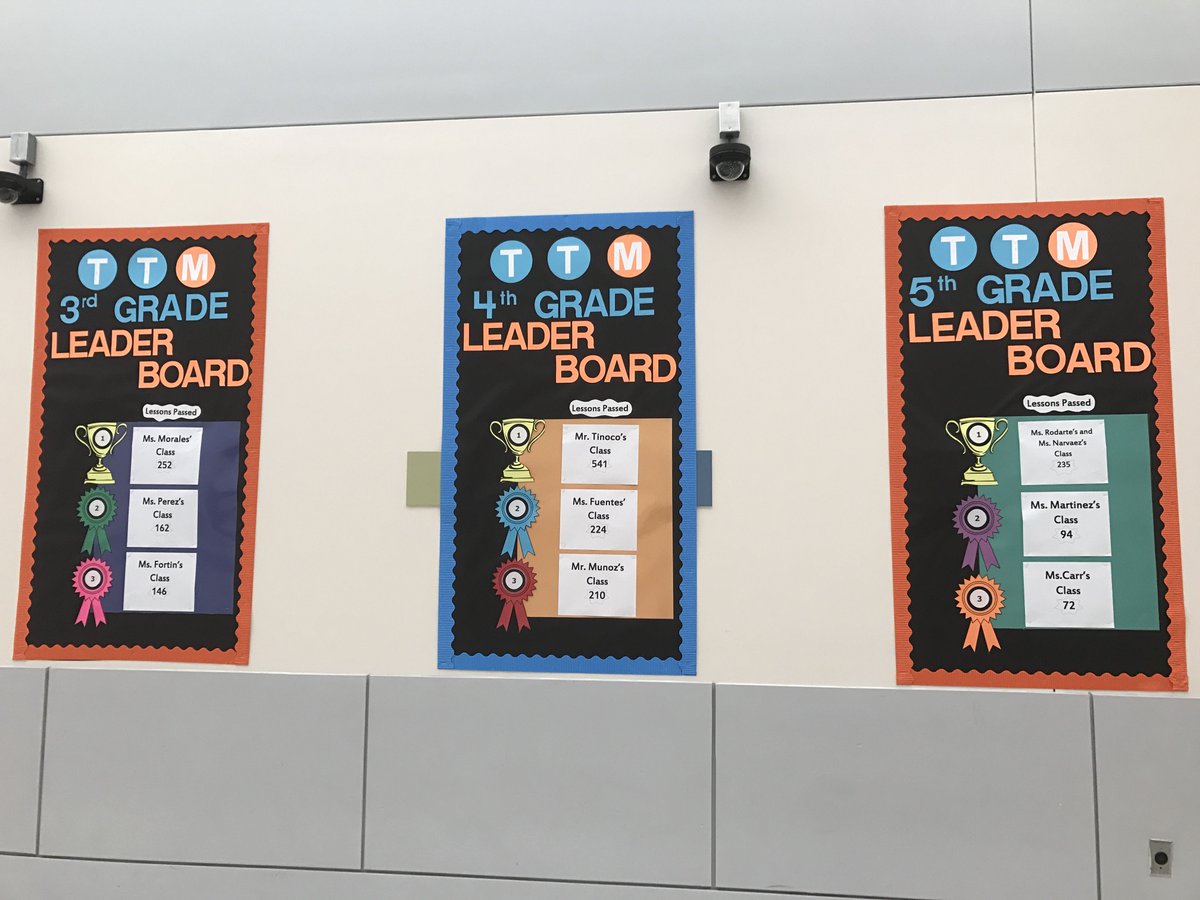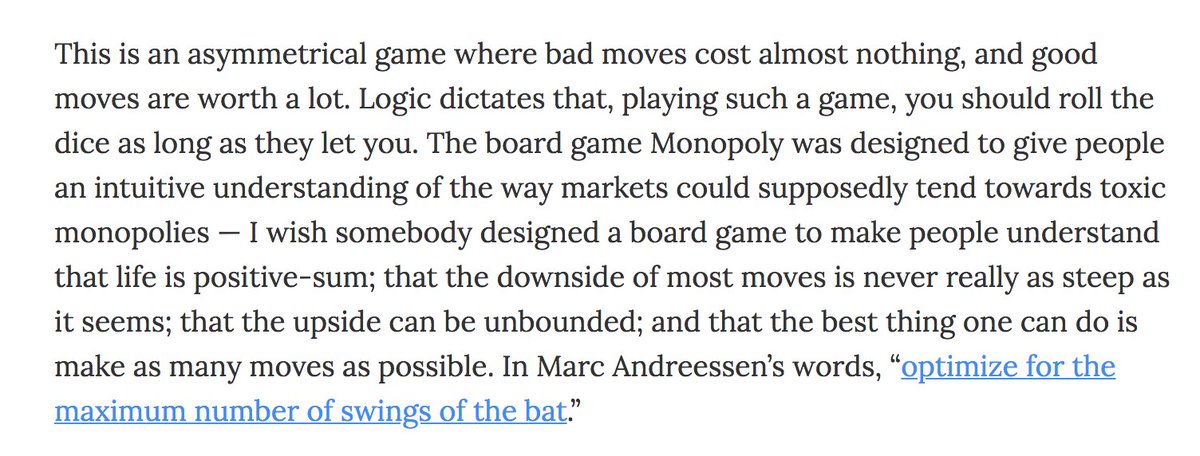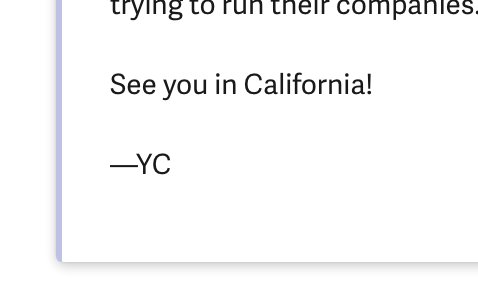We have to stop using the term “gamification” to describe tricking people into doing what we want.
Games can indeed revolutionize learning, but only when approached the right way.
https://t.co/MynhsQiIGo
Teachers all over the world try to apply “gamification” in their classrooms—the leaderboard at the front of the class, the stickers collected on the corners of desks…
We trade good behavior for pizza parties and study time for games of Jeopardy.
Parents try these at home too. I remember my mom tried to use a sticker system to get me to clean my room and do homework.
And it worked! For about a week...
Even companies like Amazon try to “gamify” things to make work more “exciting” for employees.
https://t.co/D2pNt6cHZ6
But these tactics aren’t games.
They’re “pointsification”
Pointsification ties to external motivation—free time, tasty treats, or bragging rights. It’s taking the things that are least essential to games and making them the core of the experience.
The problem with pointsification is that it’s not sustainable.
While it may help tweak some behaviors in the short term, it doesn’t work for long enough to build actual skills.
Pointsification “solutions” miss the heart of what makes a gameful experience effective for learning.
According to
@avantgame a true game has 4 defining traits:
1. A GOAL 🎯 or specific outcome that provides players with a sense of purpose.
2. RULES ✖️ that place limitations on how players can achieve the goal—these are unnecessary obstacles that players *choose* to tackle.
3. A FEEDBACK SYSTEM 🔁 that tells players how close they are to achieving the goal—this provides motivation to keep playing.
4. VOLUNTARY PARTICIPATION 🙋🏽♀️ all players must know and willingly accept the goal, the rules, and the feedback.
In a true game, the player isn’t only motivated by a future prize or reward.
The player in a true game chooses to play out of genuine interest.
If you stripped away the points and prizes, the game would still be attractive ✨
Here's a great example that
@avantgame shared on
@patrick_oshag podcast: How Games Make Life Better.
The New York Public Library asked Jane for help with a specific problem: young people did not come to physical libraries anymore.
https://t.co/TVNV9OOLvB
The Library’s idea was to solve this by offering points for checking out books and achievement badges for visiting different branches.
This is pointsification—a bad idea.
Why? Because awarding points and badges didn’t tap into what these young people were passionate about.
Sure, some of them would participate. But how many would form a meaningful relationship with the library just because they got points for checking out a book?
“We need to figure out what feels like a real challenge to young people, and then give them that opportunity"
@avantgame
McGonigal came up with a solution based on her approach to true gamification.
Through research, she found that 92% of Americans under the age of 30 would want to write a book someday.
So, she proposed designing a game that turns young people into published authors.
The game consisted of an overnight challenge in one of the library’s underground floors with restricted access.
Before being allowed to leave the underground room, each participant had to write a book.
It was an intense, extreme challenge, but participants were so excited about writing their own books that they spent countless hours in the library.
The game offered a meaningful reward that was worth the challenge ✨
Participants were genuinely drawn to spending time at the Library and developed a newfound appreciation for the place.
That’s a true game.
Players came away feeling they had accomplished something *they* wanted. The reward of the game tied into something they genuinely desired.
At
@synthesischool our work revolves around games.
Students don’t focus on who won or who lost. They talk about the game challenges, what it means to be in a team, and the problems they're trying to solve. Or how good it feels when something finally works.
Here are 3 questions to keep in mind next time you want to create a true game 🎲👇🏼
1. Is the goal of the game centered around the player’s authentic interest and skill set?
“You're looking for the challenge that's going to really bring the best out in people and really, when they achieve it, they feel like it was a meaningful and epic achievement.”
@avantgame
2. Are there unnecessary obstacles that players voluntarily choose to tackle?
In golf, for example, players have to insert a tiny ball into a tiny hole from a far distance using a club.
It’s the most inefficient way to place a ball in a hole, and that’s what makes it a game ⛳️
3. Is there a reliable feedback system with opportunities for failure and improvement?
How do players track their progress?
Are there real skills involved that players can get better at and improve with practice? Or is it an arbitrary leaderboard they are trying to move up?
"What is that perfect state of challenge that brings out the best in us, so we're fully focusing our attention, feeling optimistic that we can succeed, but also curious because we're not sure and we feel like there's room for growth and personal development."
—
@avantgame
The trick to creating a true game is figuring out what your audience is interested in and tapping into those genuine challenges or desires ✨
It’s about coming up with a challenge that’s so immersive it puts players in a flow state.
https://t.co/uQ3IpCsWmN
I explore ideas like this in Fab Fridays, my newsletter on childhood education with a twist + new ways to learn.
Subscribe below! 🤸🏼
https://t.co/SrOmbm4qkL














